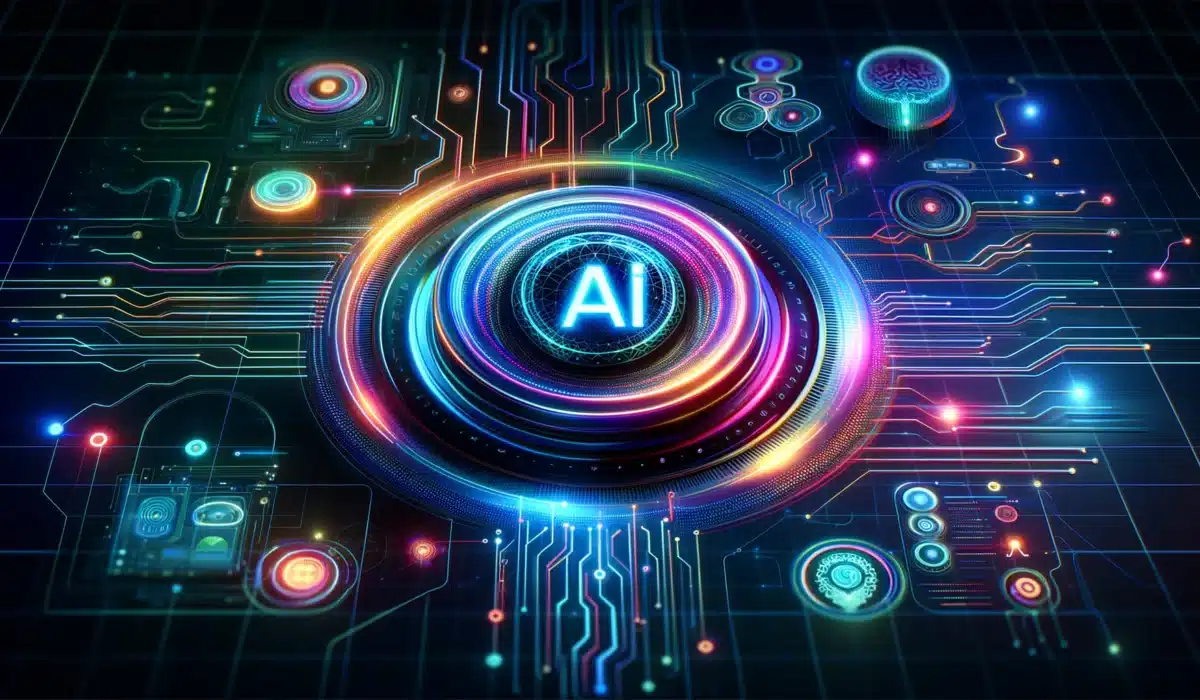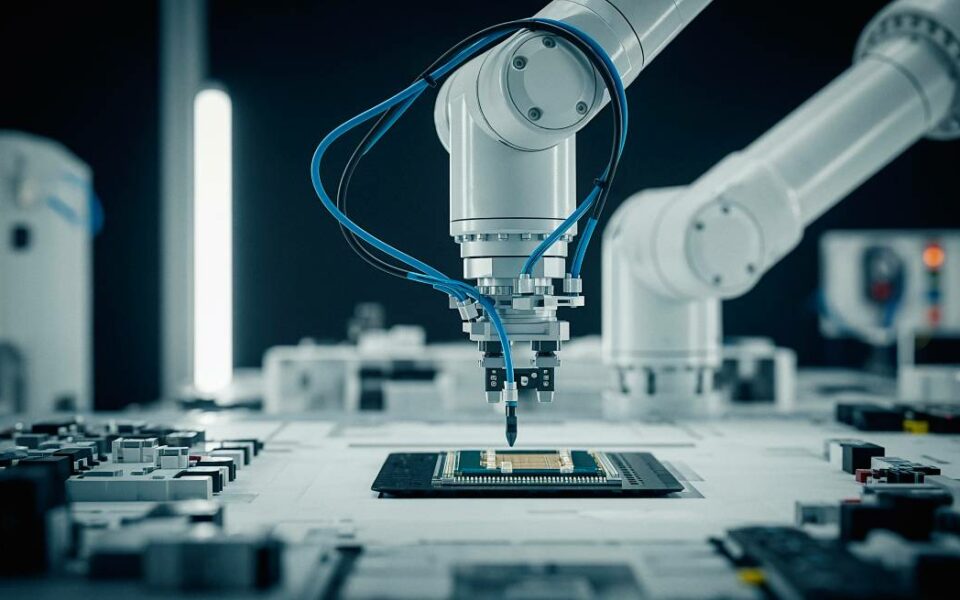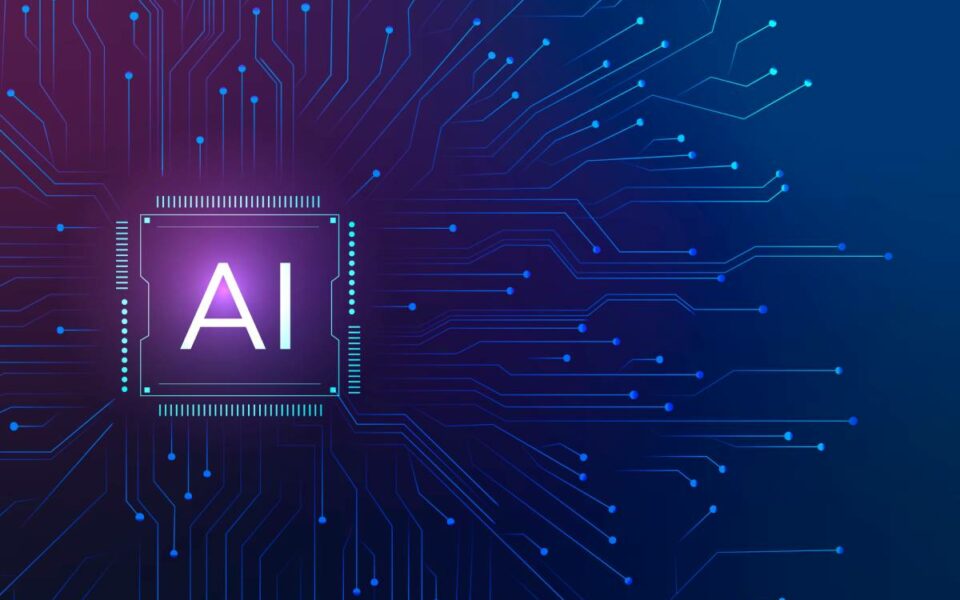
Introduce Sora – create scenes from text
15 May 2024
Low-Code and No-Code: A Revolution in Software Development?
10 October 2025
OpenAI introduces the new generation of models of the AI language model, GPT-4o (Omni), which allows the generation of responses even faster and makes it advanced to be used for conducting analytics of the submitted materials. This model promises to revolutionize human-machine interactions, and it is already at the disposal of users of the service ChatGPT. But what actually is this GPT-4o?
GPT-4o Additions and Enhancements
More affordable and speedier responses GPT-4o is a step further from the previous model, GPT-4 Turbo, with significant improvements in its swiftness and the cost at which it will incur. The model is two times quicker and 50% cheaper to operate, rendering it pocket-friendly and lean for daily usage. It is available in 50 languages and has integrated APIs to help developers in building new applications.
Omnimodel- Understanding Text, Voice and Images Perhaps most notably, GPT-4o is, perhaps for most purposes, the omni-model that understands text, voice, and images quite literally—something that its predecessor, GPT-4, lacks. It needs the alteration of the audio and visual information into text in the process. GPT-4o does not require it, thus, moves previous models way more smoothly and intuitively.
Live Speech Processing GPT-4o can also process speech into text independently and does not require transcription. This firmly quickens the time it takes for the model to respond to input data and allows more interactive real-time exchanges with the user. A sample showed how the system could even analyze the speaker’s breath and give tips on real-time breathing techniques.
Live Conversation Translation Such innovative new live translation features allowed sentences spoken in Italian to be translated into English automatically and vice versa. This innovation has the great potential to break language barriers, which may revolutionize cross-cultural communication.
Recognizing Emotion using ChatGPT
In the demo at the conference, the new model, GPT-4o, can already recognize feelings based on facial observations. This creates a completely new universe of user experience with AI, where a machine does not only read their words but their emotions, adapted in the answers, in a more empathetic way.
New Interfaces and Applications
But the changes don’t stop at AI functions alone. Recently, OpenAI introduced a new, updated user interface and desktop application, making new AI tools more accessible to the users. The added functionalities enable users to interact more conversationally with ChatGPT, for instance by interrupting the model when it is replying to something, so that interaction is smoother. Challenges and Future Prospects While OpenAI holds much promise for innovation, it also has its set of challenges, which include legal claims. The claims are mainly by publishers and the media on the basis OpenAI has violated their copyright. They argue that OpenAI has been illegally training the model on their content without them being paid or giving consent, potentially leading to billions of dollars in claims. In short, GPT-4o is a great leap forward for AI, showing a plethora of improvements that have the potential to really change the way in which we relate to AI. With more capabilities and ways to work with and understand diverse types of data, it opens up a lot of still unexploited space for future AI applications.


